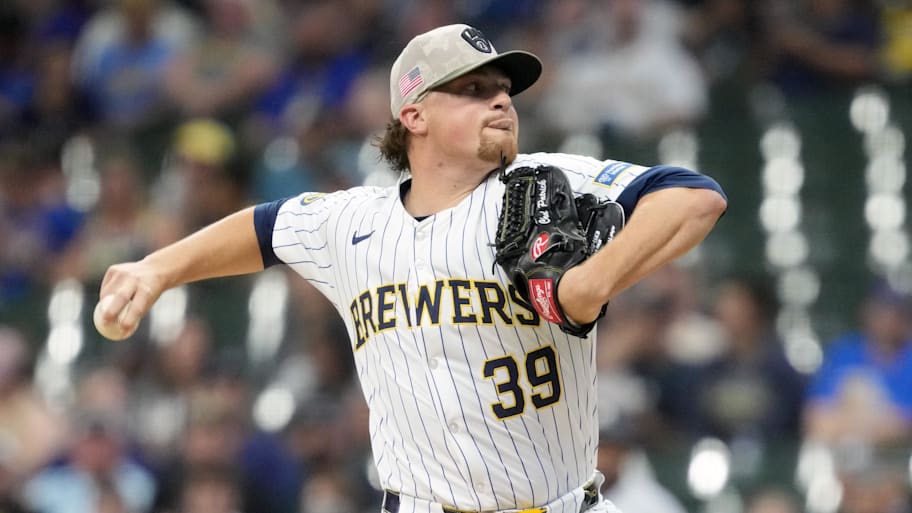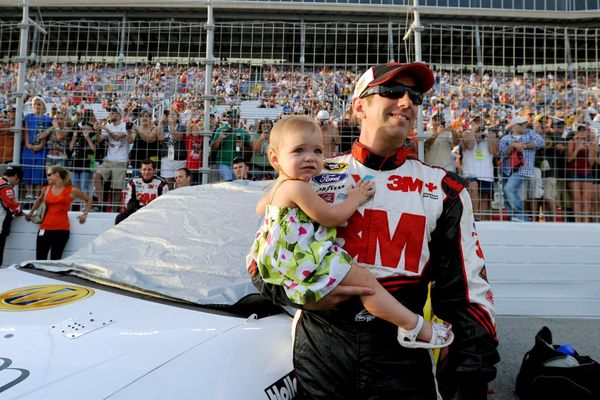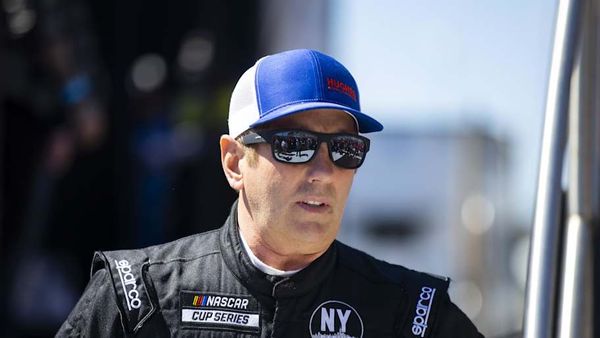
On Wednesday, the Milwaukee Brewers won for the ninth time in their last 10 games, beating the Cincinnati Reds 9–1. The offense tagged Reds breakout pitcher Andrew Abbott for five runs after the lefthander allowed just two in the entire month of May, totaling 13 hits on the day.
While the outburst was the story of the day, it’s the other side of the ball that has powered Milwaukee back into the playoff picture—and completely reversed the course of how the Brewers began the 2025 season.
Travel back in time to the team’s 0–4 start, when Milwaukee was swept by the New York Yankees before dropping its home opener to the Kansas City Royals. Over the course of those four games, the Brewers gave up 47 runs and were outscored by 32 runs—both the worst marks in MLB history to start a season.
Now, despite the team’s best laid plans falling through, Milwaukee’s pitching is driving its turnaround.
Since the start of May, Brewers starting pitchers rank 10th in baseball with a 3.34 ERA. They have used 10 different starters during that span, tied with the Detroit Tigers for most in baseball. Overall, they have used 24 different pitchers since May 1. Only the Los Angeles Dodgers—who currently have 15 (!!) pitchers on the injured list as part of the organization’s apparent grand physiological experiment—have used more (26) during that span.
Brewers manager Pat Murphy has been forced to MacGyver a pitching staff on the fly after his was, to use his words, "decimated" during that 0–4 start. Openers have become commonplace for Milwaukee as the club searches to just cover innings: DL Hall pitched the first three innings on Wednesday before giving way to Quinn Priester, a repeat of the team’s strategy in Friday’s 6–2 win over the Philadelphia Phillies. Rob Zastryzny and Tyler Alexander have also made starts over the past month to join a cast of mostly unheralded players who have answered the call for a team that has made a habit out of finding production from unlikely places.
The Brewers’ most productive starter has been 26-year-old rookie Chad Patrick. Milwaukee is Patrick’s third organization, and the righthander began the year in the bullpen but was forced into the rotation after the team’s 0–4 start and actually started the Brewers’ first win: a 5–0 triumph in which he struck out five and fell one out short of qualifying for the victory.
Since then, Patrick has been a metronome of consistency. He hasn’t given up more than three runs in any start this season, owning a 2.97 ERA and 3.29 FIP over 62 ⅔ innings. His key to success is his arsenal of fastballs: he throws a cutter, four-seamer and sinker a combined 90% of the time, averaging 93.7 mph with the four-seamer. His most-used offering is the cutter, which generates whiffs at a 23.6% rate and has been the second-best cutter in baseball by Statcast’s Run Value, trailing only Garrett Crochet’s.
Patrick has so far filled the role Tobias Myers played last season as Milwaukee’s unexpected breakout rookie. After going 9–6 with a 3.00 ERA in 138 innings in 2024, Myers turned in six shaky appearances with the Brewers this season before the team optioned him to Triple A. Searching for the right combination of arms has been a theme for Murphy all season, but the Brewers have cobbled together something resembling stability of late.
Freddy Peralta hasn’t been the most crisp over his last few games, but he has still put together a 2.92 ERA over 13 starts. Veteran lefthander José Quintana had to wait until March to settle for a one-year, $4.25 million deal with Milwaukee after posting a 3.75 ERA over 31 starts for the New York Mets last season. He has been a bargain with his new club, putting up a 2.77 ERA over his first seven starts. And Aaron Civale, who allowed three homers in Milwaukee’s 12–3 loss to the Yankees on March 30 before landing on the injured list with a strained hamstring, has a 3.14 ERA in his three outings since returning to action.
Combined, the Brewers are paying that trio $20.25 million to pitch for them this season, once again continuing the organization's trend of finding advantages along baseball’s margins.
It’s all part of a theme that runs through every part of Milwaukee’s roster, which is to find productive players from all corners of the organization at minimal cost. Consider: Who leads the team in WAR among position players? Not former MVP Christian Yelich or budding face of the franchise Jackson Chourio, but outfielder Sal Frelick, who entered this season with five career home runs in 202 games played. Now, he’s the poster child of a shift within baseball that’s bringing fundamentals back into the forefront—areas the Brewers have excelled at for years.
Since 2021, Milwaukee ranks second only to the Tampa Bay Rays in stolen bases. The team ranks third during that span in FanGraphs’ baserunning metric, and is tops in the site’s fielding metric by a wide margin. This season, the Brewers are tied for the league lead in extra runs gained on the basepaths, per Statcast.
It’s no surprise, then, that over the past five years, the Brewers have the fifth-most wins (400) in baseball. Only the Dodgers, Houston Astros, Atlanta Braves and Yankees have more. In that span, the Brewers have never ranked higher than 19th in total payroll, well below the other four franchises.
Source: Spotrac
That run has come during what’s easily been the franchise’s most sustained era of success. The Brewers have qualified for the postseason six times in the past seven seasons; before 2018, Milwaukee had made the playoffs just four times in 49 years.
In the aftermath of the team’s 20–9 defeat in the second game of the season, Murphy told reporters there were “a lotta positives” to be gleaned from the afternoon’s beatdown. At the time, those might not have been too obvious to anyone on the outside. But for a manager who has been with the organization for nearly a decade, identifying progress lurking beneath the surface has become a valuable skill. And now, with the Brewers’ season revived, those positive signs are becoming clear for all to see.
This article was originally published on www.si.com as Surging Brewers Have Found Quality Pitching Where Least Expected.







